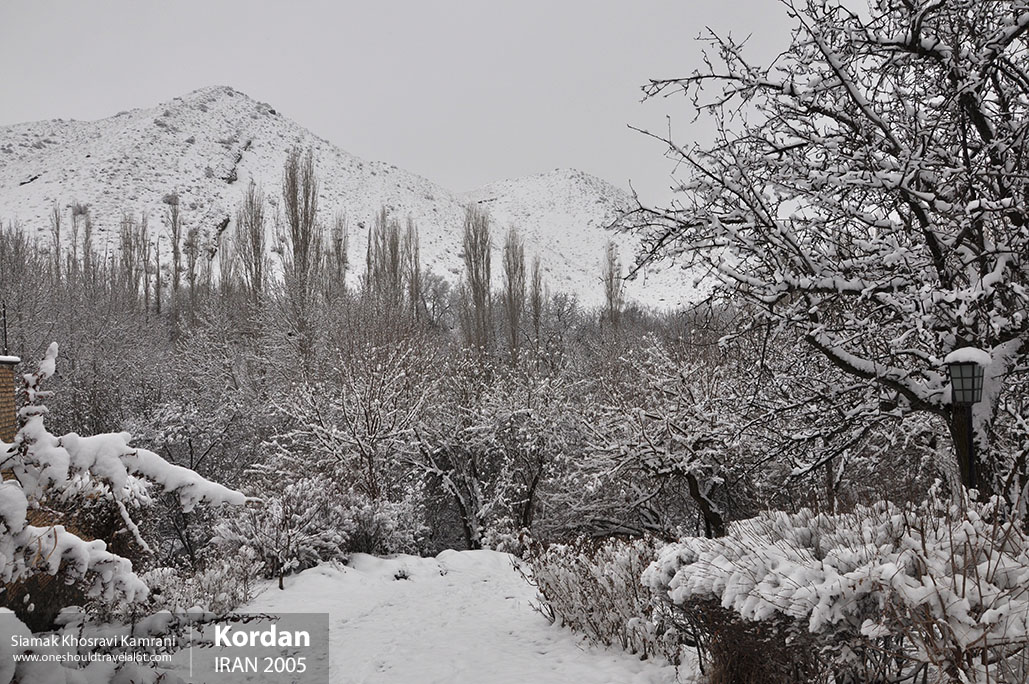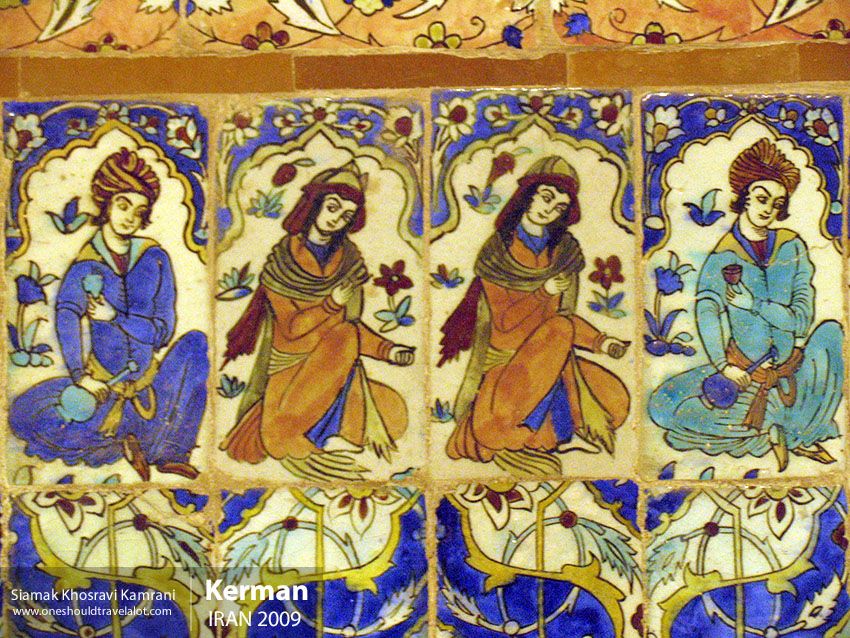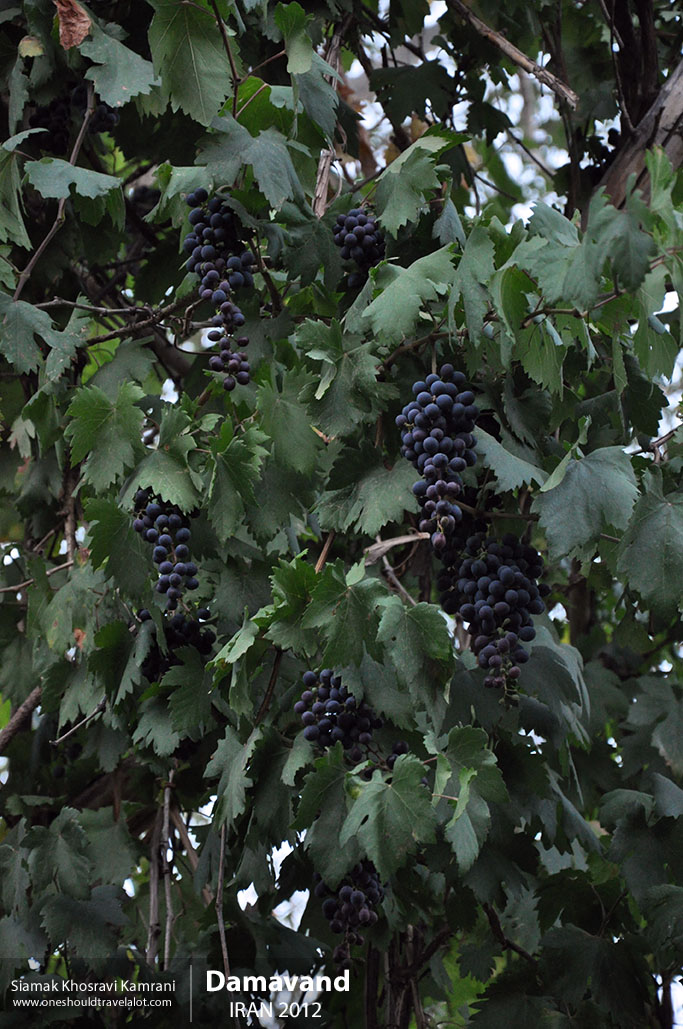Discovering Alamut: Through the Lens of a Photographer
A Journey into the Heart of History
Nestled in the rugged mountains of Iran, Alamut is a place where history and nature converge to create a tapestry of breathtaking beauty and profound mystery. As I, a young photographer, embarked on my journey to this remote region, I was filled with anticipation and excitement. Alamut, often referred to as the “Eagle’s Nest,” is not just a destination; it is a voyage into the past, a place where ancient fortresses whisper tales of bravery, and the landscape tells stories that have been etched into the earth over centuries.
The Road to Alamut
My journey to Alamut began in Tehran, Iran’s bustling capital. From the urban sprawl, I ventured north, and the landscape gradually transformed. The air grew crisper, the mountains loftier, and the horizon more expansive. The drive itself was a visual feast, with each turn revealing new vistas of verdant valleys and snow-capped peaks. The road to Alamut is not for the faint of heart; it winds precariously through steep cliffs and narrow passes, offering glimpses of the formidable terrain that once served as a natural defense for the fabled Alamut Castle.
First Impressions
Upon reaching Alamut, I was struck by its serene beauty. The village, with its stone houses and terraced fields, seemed like a place out of time. The standard of living here appeared modest, yet there was an undeniable sense of contentment among the locals. Their faces, weathered by the elements, bore expressions of genuine warmth and hospitality. The societal conditions were simple, reflecting a lifestyle deeply connected to the land and its rhythms.
The Fortress of Alamut
The highlight of my visit was, of course, the Alamut Castle. Perched atop a sheer cliff, this fortress was once the stronghold of the Nizari Ismaili state, led by the enigmatic Hasan-i Sabbah. As I ascended the steep path to the castle, I couldn’t help but marvel at its strategic location. The views from the top were nothing short of spectacular, offering a panoramic sweep of the surrounding mountains and valleys. The ruins, though weathered by time, still exuded a sense of majesty and invincibility.
Exploring the castle, I imagined the lives of those who once walked these halls. The sense of history was palpable, and I felt a profound connection to the past. As I captured the crumbling walls and hidden chambers through my lens, I tried to convey the sense of awe and reverence that the place inspired. The fortress, with its intricate stonework and commanding presence, was a testament to the ingenuity and resilience of its builders.
The Landscape and its People
Beyond the castle, Alamut’s natural beauty continued to captivate me. The Alamut Valley, with its lush greenery and meandering rivers, was a photographer’s dream. I spent hours wandering through the fields, capturing the interplay of light and shadow on the landscape. The local farmers, with their colorful attire and traditional practices, added a vibrant human element to my compositions. Their stories, shared over cups of fragrant tea, provided insight into a way of life that has remained largely unchanged for generations.
The cultural tapestry of Alamut is rich and diverse. The predominant language spoken here is Persian, but the region is also home to a number of ethnic groups, each with its own unique customs and traditions. The people of Alamut are known for their hospitality, and I was often invited into their homes to share a meal or a conversation. These interactions were some of the most rewarding experiences of my journey, offering a glimpse into the hearts and minds of the locals.
The Traditions of Alamut
One of the highlights of my stay was witnessing a traditional celebration. The villagers, dressed in their finest clothes, gathered in the central square for a festival that included music, dance, and feasting. The sounds of traditional instruments filled the air, and the rhythmic movements of the dancers were mesmerizing. Through my camera, I tried to capture the joy and vibrancy of the event, the sense of community and shared heritage that was so evident.
The food in Alamut was another revelation. Simple yet flavorful, the local cuisine was a reflection of the region’s agricultural bounty. Freshly baked bread, aromatic herbs, and succulent lamb dishes were staples of the meals I enjoyed. Each bite was a testament to the care and craftsmanship of the local cooks, who took pride in preserving their culinary traditions.
A Photographer’s Reflection
As my time in Alamut drew to a close, I found myself reflecting on the journey. This remote corner of Iran had offered me more than just stunning landscapes and historical insights; it had provided a deeper understanding of the human spirit. The resilience of the people, their connection to their heritage, and their harmonious relationship with the land were lessons that I would carry with me long after I had left.
From a photographer’s perspective, Alamut was a treasure trove of inspiration. Every moment, every scene, seemed to hold a story waiting to be told. The interplay of light and shadow, the textures of stone and earth, and the expressions of the people all contributed to a rich visual narrative. As I reviewed the images I had captured, I felt a sense of fulfillment. Through my lens, I had not only documented a place but also its essence – a blend of history, culture, and natural beauty that made Alamut truly unique.



